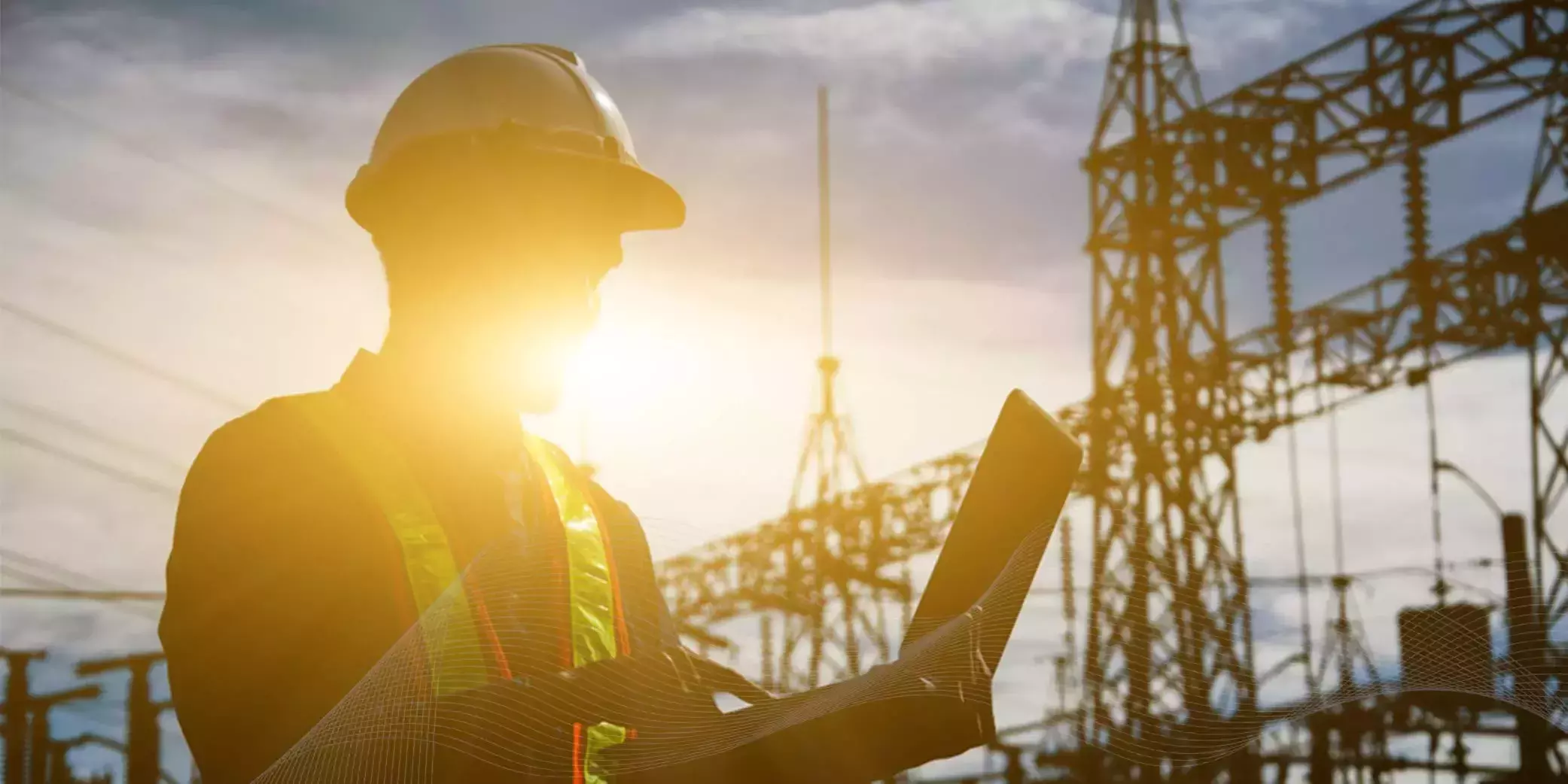Staying Secure in the Energy Sector: 5 Cyber Risks You Must Prioritize
- IT Risk & Cyber Risk
- 23 August 23

Introduction
Top Five Cyber Risks Faced by the Energy Industry Today
According to the X-Force Threat Intelligence Index 2023, the energy industry is the fourth-highest industry sector to be targeted by cyber attacks. The Colonial Pipeline incident—despite it being two years since the ransomware attack occurred—still remains a poignant example of the serious repercussions that a cyber attack can exert on critical infrastructure. This event underscored the impact of a cyber event on the energy supply chain: fuel shortages for countless citizens, substantial expenses for mitigation and recovery, and long-term damage to the reputation of the affected company.
With nearly every business decision in our world relying on the thousands of companies producing electricity, coal, oil, natural gas, nuclear power, and renewable fuels such as geothermal, hydropower, solar, and wind, cyber risk management is a top priority.
However, effectively managing and mitigating cyber risk and building cyber resilience can be challenging. Apart from dealing with a multi-threat environment with geographically dispersed targets, energy companies face several other cyber risk challenges unique to the industry.
Top Five Cyber Risks Faced by the Energy Industry Today
Diverse and Expansive Threat Landscape:
The energy industry continues to be a prime target for cyber threats, ranging from nation-state actors seeking to cause economic dislocation to cybercriminals aiming for financial gain. These threats are further intensified by the industry's expansive attack surface, resulting from the geographic and organizational complexity and the increasing use of interconnected systems. Vulnerabilities exist across the entire value chain, from generation to transmission to distribution, and pose significant risks to operational technology (OT) infrastructure and third-party entities within the supply chain.
Interdependencies Between Physical and Cyber Infrastructure:
The energy industry's reliance on Internet of Things (IoT) technologies for operational efficiency creates unique interdependencies between physical and cyber infrastructure. Malicious actors can exploit these connections, leading to disruptive events with severe economic and physical consequences. For instance, cyberattacks on wireless smart meters, smart thermostats, or OT systems controlling critical assets can have devastating impacts on operations and supply.
Internal Concerns and Cyber Hygiene:
Maintaining good internal cyber hygiene presents challenges for the energy industry. With multiple interconnected systems, tracking and managing all cyber risks becomes difficult. Additionally, a decentralized approach to cybersecurity leadership and third-party cyber risk sharing across various departments can lead to vulnerabilities. The industry also faces a shortage of qualified cybersecurity professionals, making it challenging to build a robust defense against cyber threats.
Regulatory Compliance Across Global Operating Environments:
Energy companies often operate across diverse global industrial environments, each subject to different regulatory requirements and standards. Ensuring compliance while managing cyber risks demands dedicated resources and expertise to protect critical infrastructure effectively. Failure to comply with regulations can lead to severe legal and financial repercussions.
Rapid Cloud Adoption and Data Security:
The energy industry's adoption of cloud services for flexibility and scalability has introduced new cyber risks. Cloud-based data breaches can result in the loss of consumer trust and reputational damage. Energy companies must ensure robust data security measures and stringent access controls to safeguard sensitive information stored in the cloud.
Manage Cyber Risk and Build Resilience with MetricStream CyberGRC
Safeguarding this crucial sector and the communities it serves necessitates proactive and comprehensive measures to address cyber risk effectively. A robust cyber risk program should leverage technologies such as AI and automation, which can process and analyze large amounts of data. Additionally, Continuous Control Monitoring (CCM) and automation are essential because of the ability to work all the time and identify and flag anomalies.
With CyberGRC, your organization is empowered with:
- Active IT and cyber risk management to reduce the risk of cyber breaches
- Cyber risk quantification to measure risk exposure and prioritize cyber risks
- AI and automation for greater efficiency
- Continuous control monitoring for improved compliance and security
- A single, unified view of your cyber risk profile
To explore more about the challenges faced by the energy industry and how your organization can transition from a conventional approach to a connected cyber risk strategy, check out our eBook, which provides valuable insights and practical steps to fortify your organization against cyber threats in the energy landscape.









